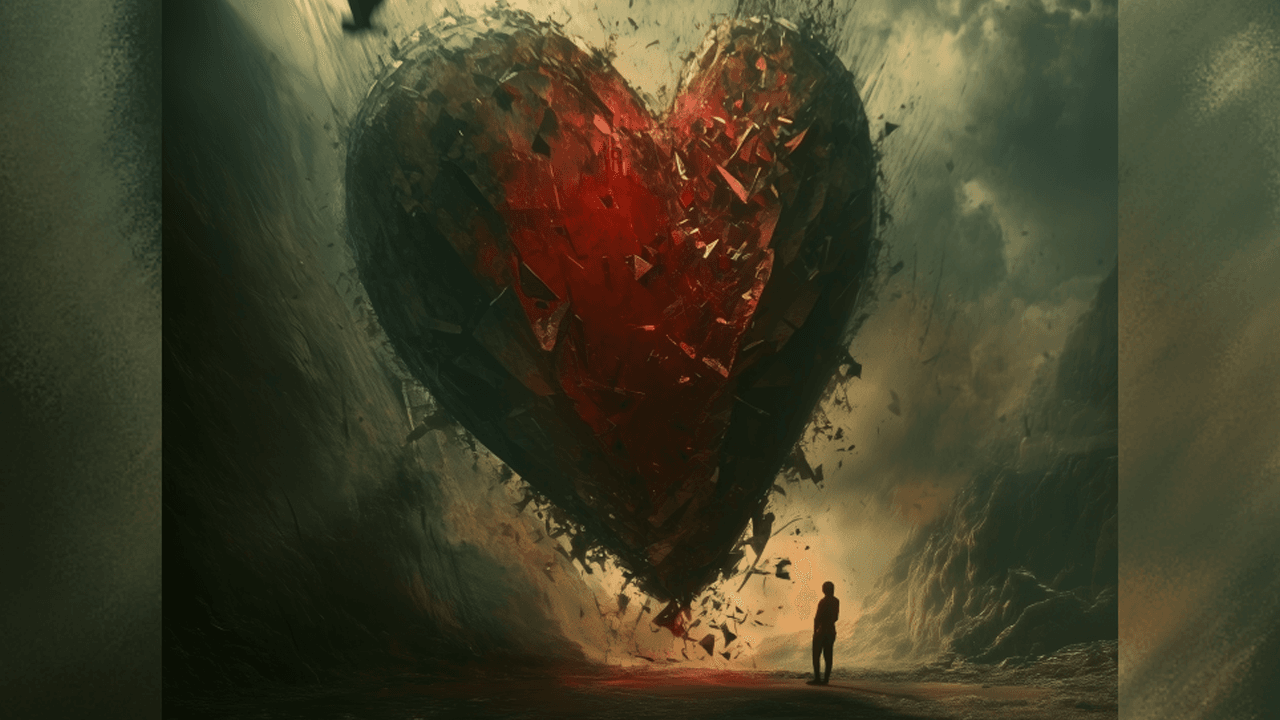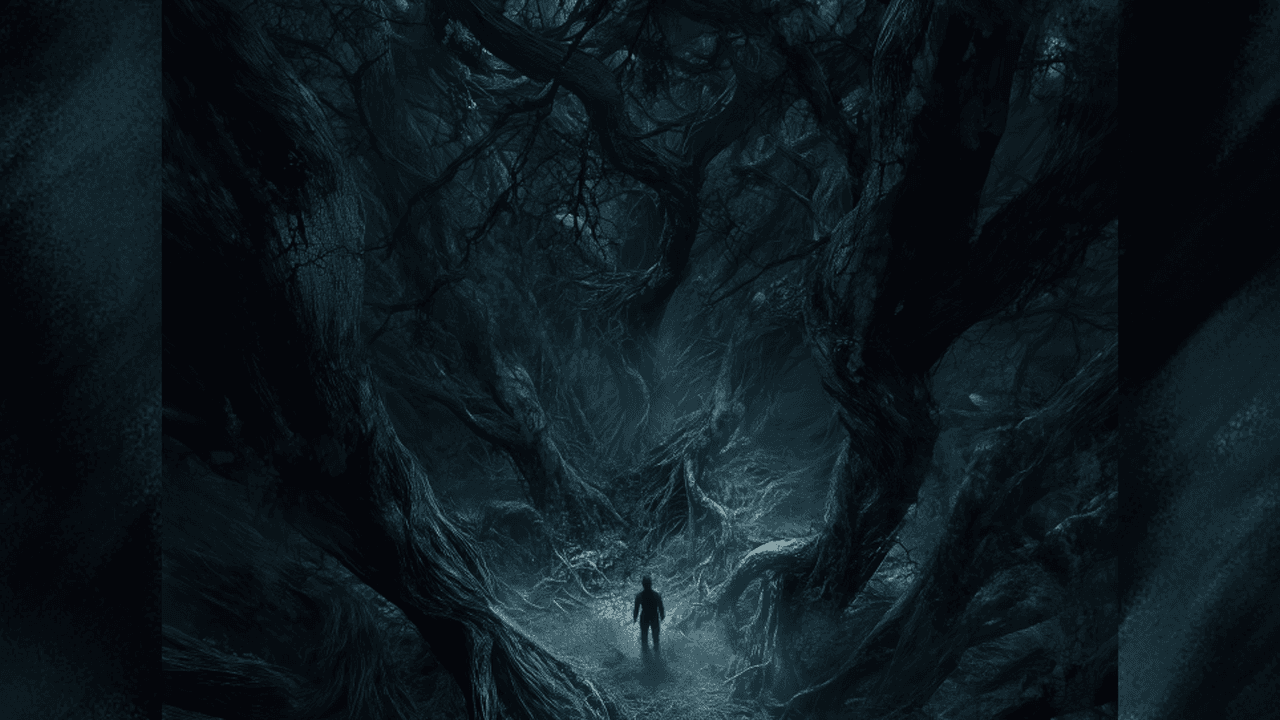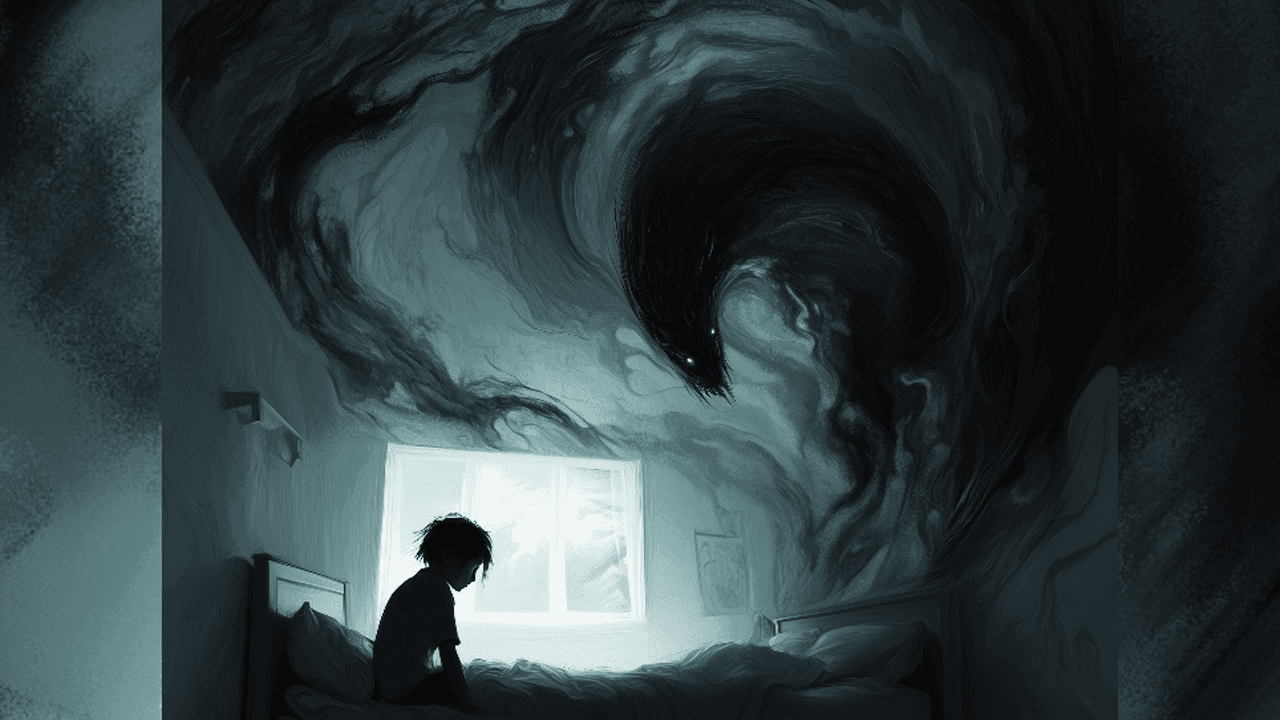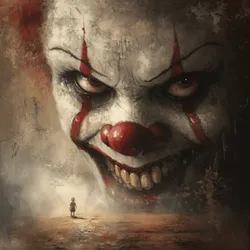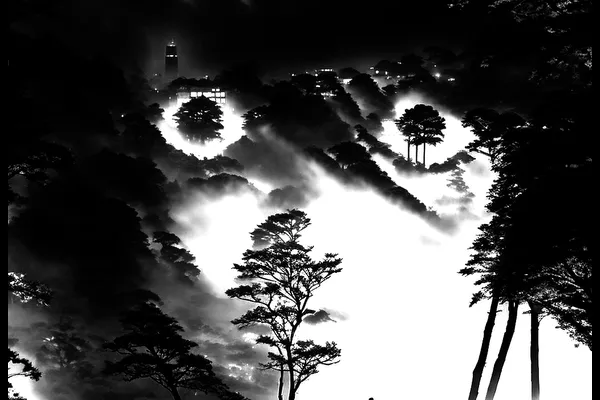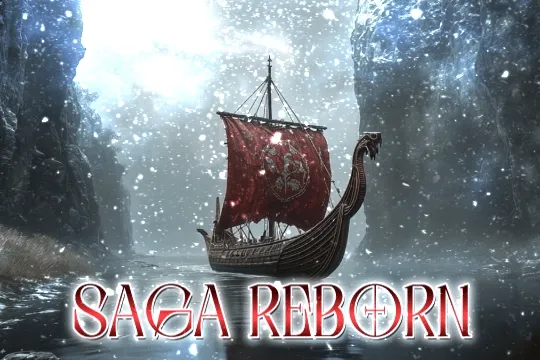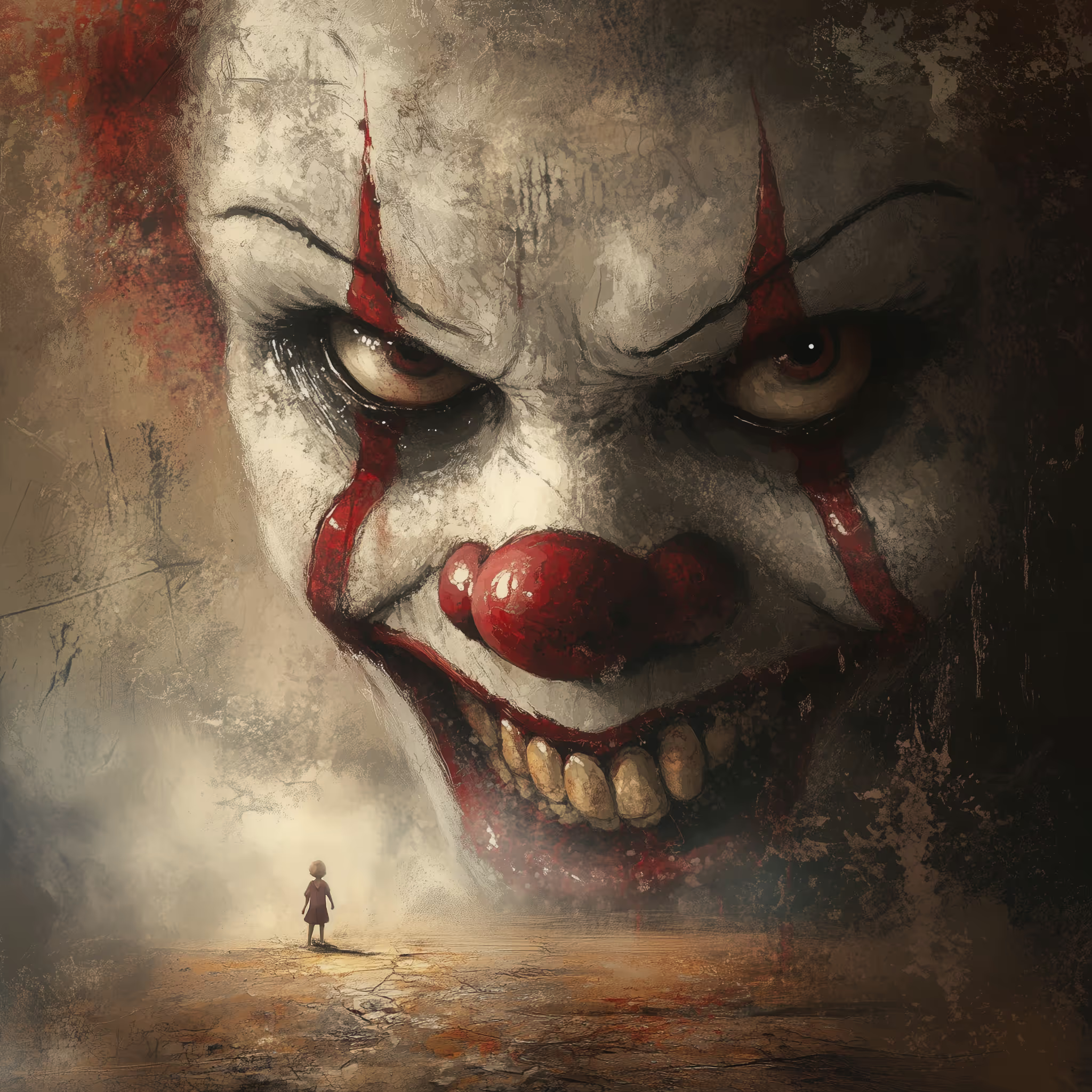Driven by a desire to shed light on the often-overlooked impact of phobias and fears in our lives, our team created the Faces of Fear collection. Each piece combines an iconic fear with a striking landscape, creating a sense of unease and encouraging viewers to confront their own fears. Through exaggerated and artistic designs, we aim to promote a deeper understanding of and appreciation for how fear manifests itself in society. We hope our work helps people recognize and validate others' phobias, creating a more compassionate society.
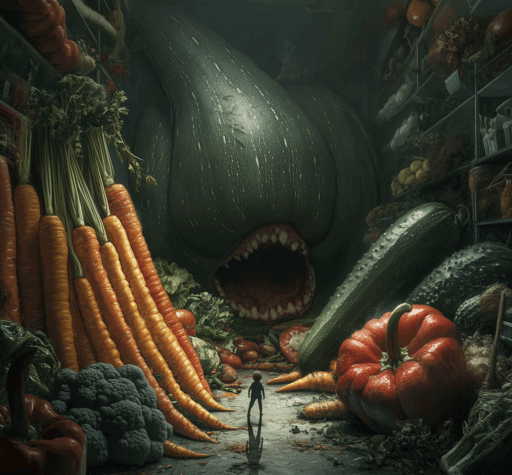
In our collection of Faces of Fear, you will find not only well-known phobias, such as the fear of spiders or heights, but also less well-known and unexpected ones like the fear of vegetables. These fears can be surprising and intimidating, even for those who think they are fearless. This exaggerated approach is intentional because we want to draw attention to the issue. Everyone has fears. Some people have more intense fears than others, but we wish everyone good mental health and know that, with great effort, you can overcome them.
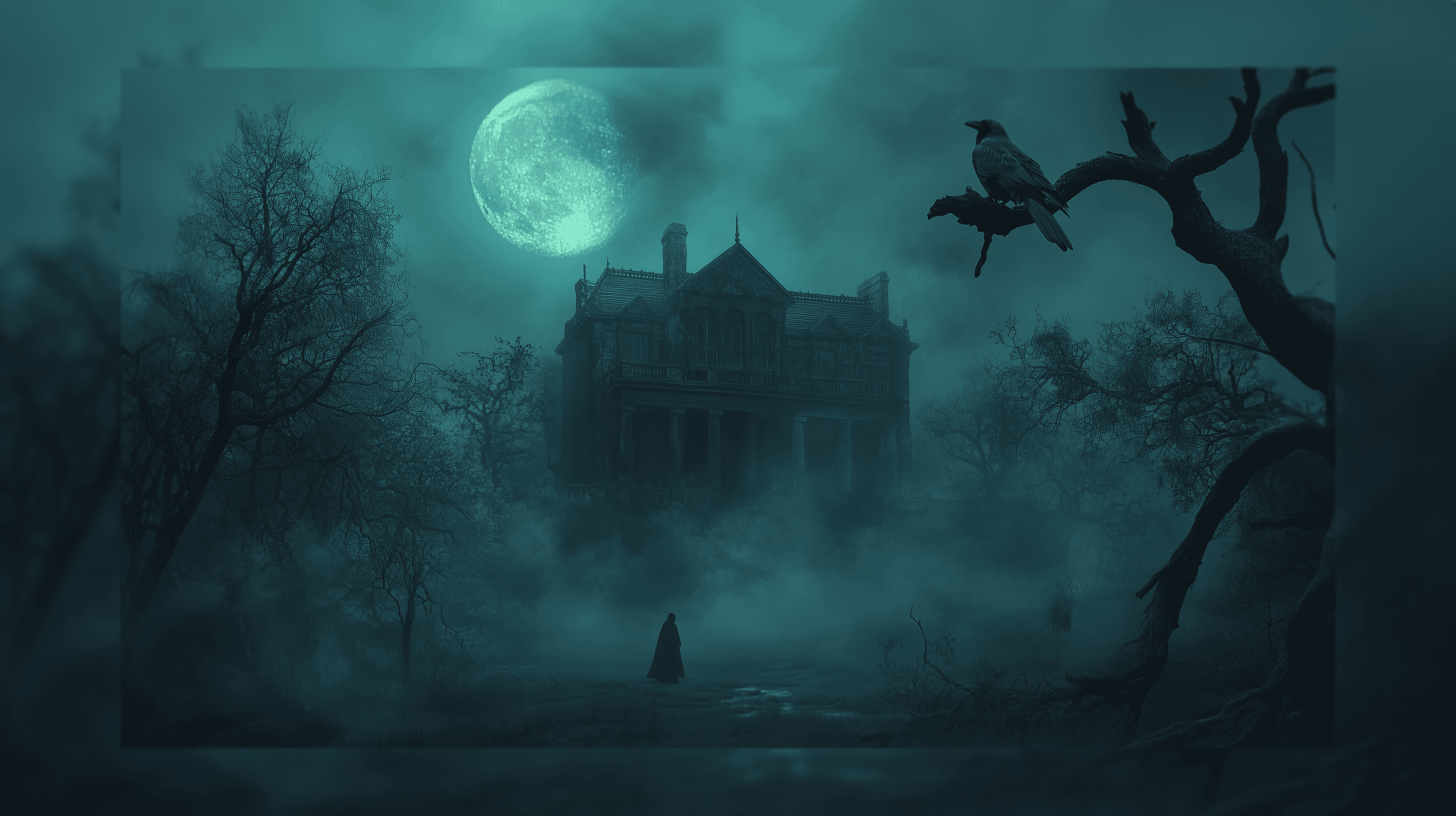
Even the greatest literary minds, such as Edgar Allan Poe, were not free from fears and phobias. Despite his remarkable ability to create stories of horror and mystery, Poe himself struggled with various anxieties, which were reflected in his works and added a layer of psychological depth to his characters.
Poe's complex relationship with fear was evident in his life experiences. He was known for his melancholic nature and faced the specter of claustrophobia, a fear of confined spaces, which may have been intensified by his troubled and often tragic childhood, as well as struggles with mental health. These feelings of entrapment are poignantly portrayed in stories like "The Pit and the Pendulum", where the protagonist battles both physical and psychological imprisonment.
Another well-documented fear of Edgar Allan Poe's was acrophobia, or the fear of heights. This fear is seen as a symbolic element in his stories, serving as a reminder to readers about the delicate balance between sanity and insanity. Heights can represent lofty ambitions for a genius, but they can also reflect the terrifying abyss of failure, a reality that Poe knew all too well from his own tumultuous life.
Additionally, Poe's exploration of death and the macabre reveals his deep engagement with thanatophobia, or the fear of death. In his works, he often delves into the depths of mortality, and his personal experiences with loss have led to obsessive thoughts about the ephemerality of life. This theme of confronting death is evident in poems such as "The Raven" and "Annabel Lee," where sorrow and longing resonate strongly.
Poe transformed his fears into inspiration for his writing, illustrating that even great writers are not immune to vulnerability. As creators, we can draw strength from the knowledge that our own fears do not limit our abilities; instead, they can help us to better understand the human experience. By facing and embracing our anxieties, we open ourselves up to the possibility of profound insights and powerful storytelling, echoing the path of literary giants such as Edgar Allan Poe.
In the dark corners of our minds lies Sociophobia, an unrelenting whisper of fear that steals the joy from everyday interactions. Each social situation feels like an ocean teeming with invisible sharks, where the fear of being judged sharpens every word we speak. Our hearts race, prisoners of our own minds, while our souls yearn for connection, shackled by layers of anxiety. For those struggling with this haunting fear, every day becomes an insurmountable mountain. Compassion is essential, as beneath the surface, there is a deep longing to feel belonging and understanding in a world that can seem overwhelmingly isolating.
In the labyrinth of the mind, haphephobia creates a chilling web of fear surrounding physical contact. The mere touch of skin triggers a surge of anxiety, turning gentle gestures into unbearable ordeals. Each handshake feels like a tempest, every hug like a threat, as the heart trembles at the thought of unwanted touch. This fear isolates, weaving its tendrils around the soul, longing for connection but fleeing from it. Underneath the surface, there lies a deep longing for comfort and warmth, muted by the echoes of dread. Empathy is essential, for those who live with haphephobia must navigate a world in which the simplest touch becomes an intense struggle.
